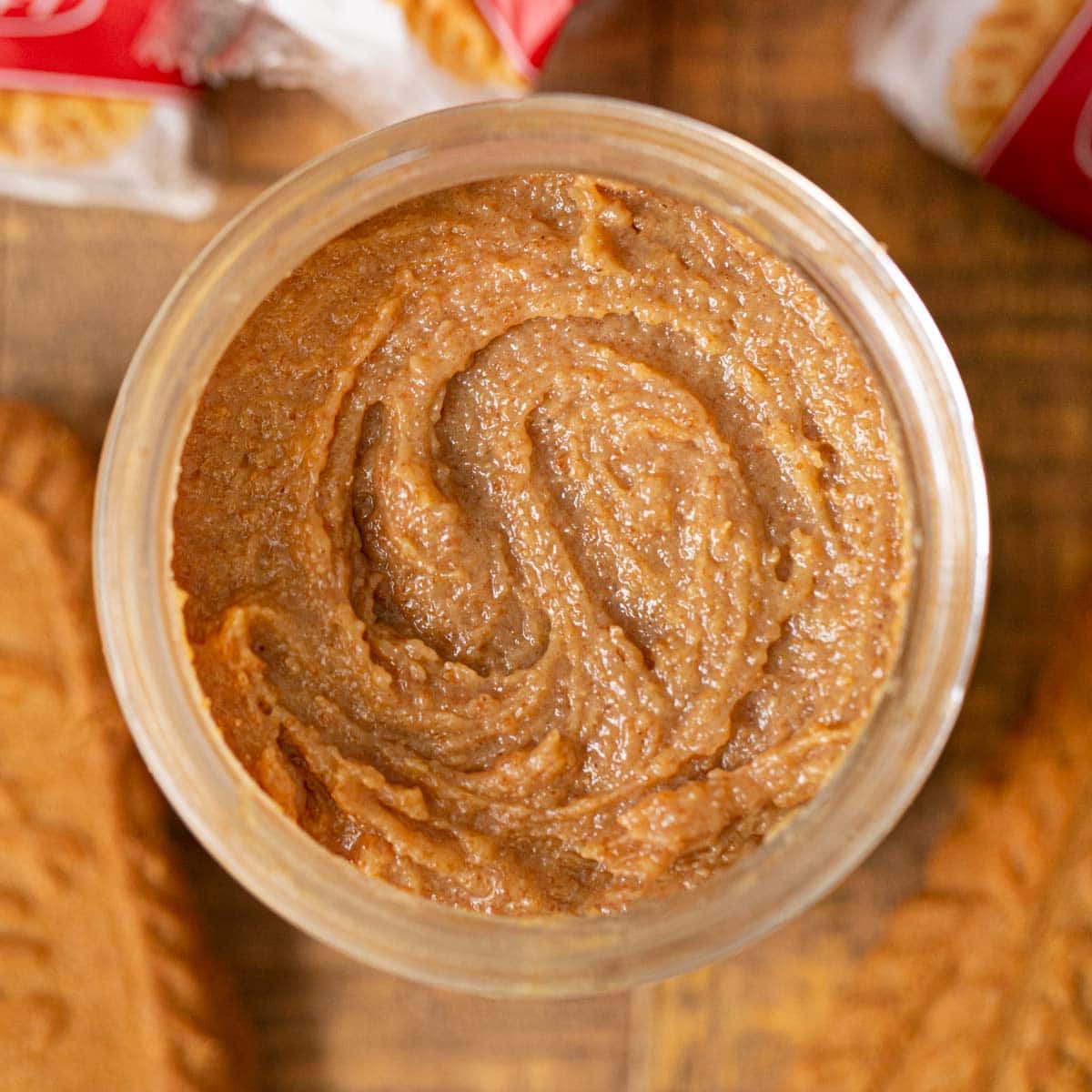


The buttery paste is flavoured with cocoa and punsch, wrapped in a thin sheet of marzipan and dipped in dark chocolate. In Sweden, cookie butter is the main ingredient in dammsugare ( Punsch-rolls). It usually has a very thick consistency and is flavoured with cocoa and liquor. In Scandinavia, a different kind of cookie butter has been used to make confectionery cakes for many years. However, Trader Joe's Speculoos Cookie Butter is quite popular as well. Lotus Biscoff Cookie Butter is the most recognizable brand. The spread gained a cult following in the United States in 2015. In the United States Commercially available Speculoos cookie butter Today, with the monopoly lifted, cookie butter is available under many brands, including Lotus Biscoff and Trader Joe's Speculoos Cookie Butter. On January 20, 2011, a court of commerce in Ghent, Belgium, denied the patent because the recipe had already been published on a Dutch website prior to its production. They also bought De Maeyer's patent in 2009, so as to seal the market. Lotus, the biggest brand of Speculoos (known as Biscoff in the US) cookies, bought her idea and brought it to market. Two people presented a competing recipe to make a spreadable product out of Speculoos cookies: chef Danny De Maeyer who already filed a patent at that time, and Els Scheppers.
#COOKIE BUTTER TV#
The idea spread widely in part to a Belgian TV inventor show, called De Bedenkers ("The Inventors"). The idea is generally attributed to Oma Wapsie, pseudonym of the Dutch Rita, who placed the recipe on her website in 2002. In countries like Belgium, the Netherlands, and France, it is a common alternative to nut butter and chocolate spreads. The ingredients are mixed until it becomes spreadable on a sandwich. Let cool completely.Cookie butter ( Dutch: speculoospasta, Danish: trøffelmasse) is a food paste made primarily from speculoos cookie crumbs, fat (such as vegetable oil, condensed milk or butter), flour, and sugar. Bake until lightly golden, 14 to 16 minutes. Use your palm or a flat spatula to slightly flatten each ball. Roll the balls in the cinnamon sugar and place 1 inch apart on the prepared baking sheets. Remove the cookie dough from the refrigerator and, using a spoon or melon baller, scoop out the dough and roll into 24 balls between your hands. Let cool completely before icing with royal icing.įor cinnamon-sugar cookies: In a small bowl, toss the turbinado sugar and cinnamon together. Bake until just beginning to turn brown around the edges, 10 to 12 minutes. Transfer the cookies to the prepared baking sheets, allowing 1 inch of space between cookies. Use cookie cutters to cut into desired shapes. Line 2 baking sheets with parchment paper.įor cut-out cookies: On a lightly floured surface, roll the dough out 1/4-inch thick. Once the dough is done, scrape it out of the mixer, add to a container with a lid or a sealable bag and refrigerate for at least 2 hours or up to 24 hours.īake the cookies: Preheat the oven to 350 degrees F. Add the flour, 1/2 cup at a time, making sure to stop and scrape the sides between additions. Scrape the sides again and lower the speed of the mixer. Use a rubber spatula to scrape the sides of the bowl, pushing everything back towards the center, then add the egg, vanilla and salt. Prepare and rest the dough: In a stand mixer with the paddle attachment, add the butter, cookie butter, brown sugar and granulated sugar and blend on medium-high speed until creamy, 2 to 3 minutes.


 0 kommentar(er)
0 kommentar(er)
